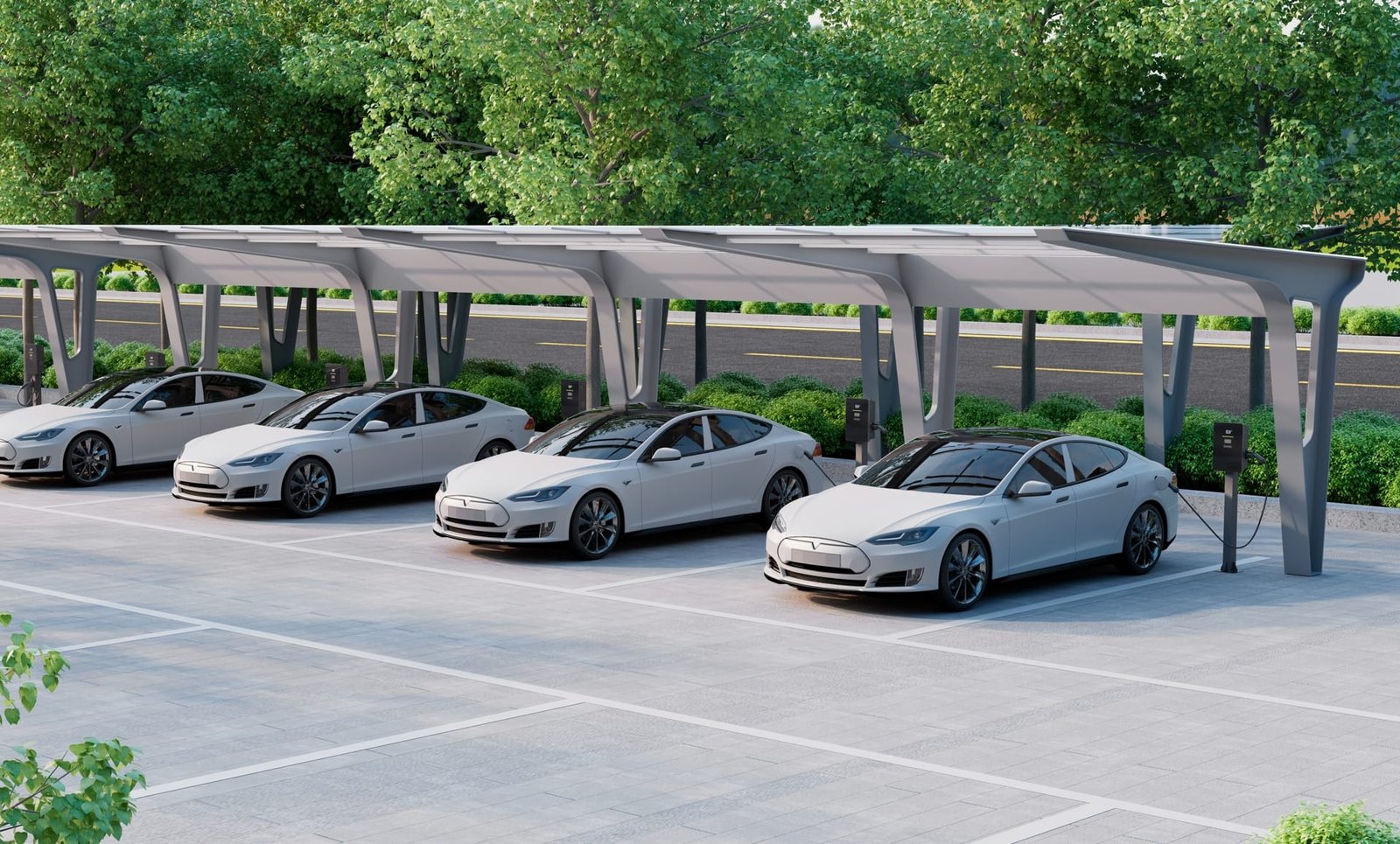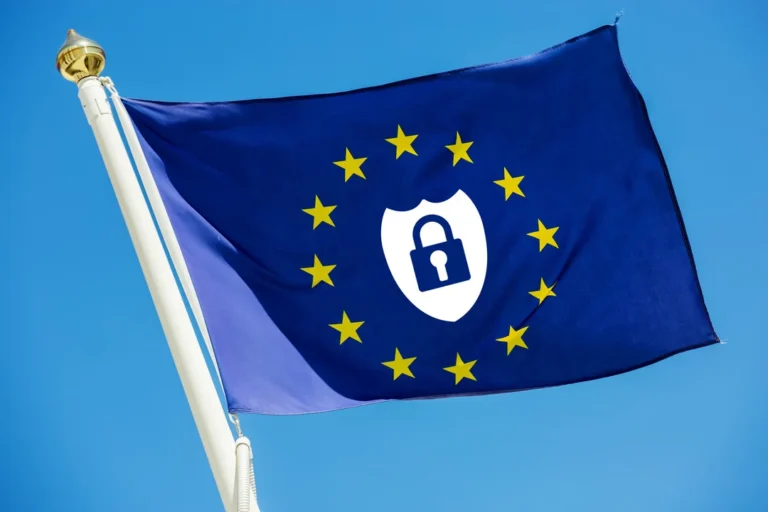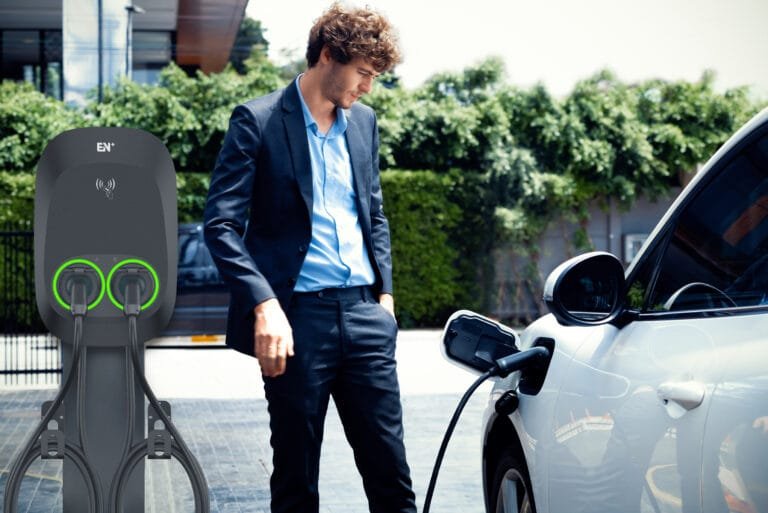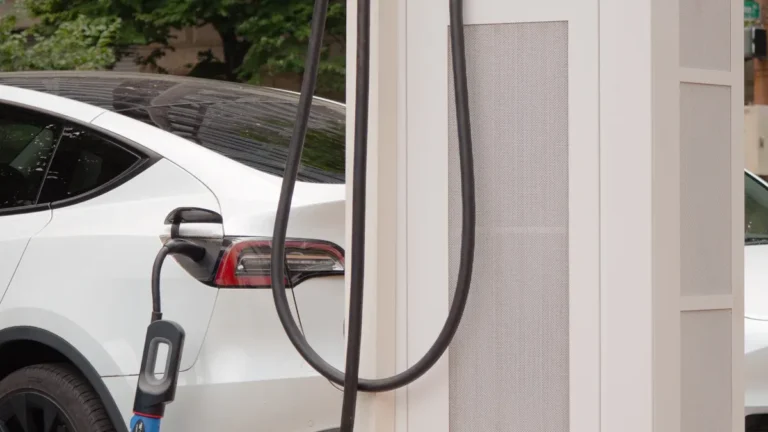Introduction
Electric vehicle adoption is surging worldwide, with the International Energy Agency reporting a 65% year-over-year increase in global EV sales in 2023. As more drivers switch to EVs, understanding proper charging practices becomes crucial for maximizing battery life and performance. This comprehensive guide, backed by the latest research and industry data, will help you optimize your EV charging routine.
Master the 20-80% Charging Rule
Why It Matters: According to a 2024 study by Geotab analyzing data from over 12,000 EVs, batteries degrade on average by 1.8% per year. However, this rate can be significantly reduced by following proper charging practices.
Detailed Guidelines:
- Keep your battery charge level between 20% and 80% for daily use
- Recent research shows that batteries charged within this range show 25-30% less degradation over 5 years
- Exception: Charge to 100% only when preparing for long trips (recommended 12-24 hours before departure)
- Set your vehicle’s charge limit to 80% using built-in settings
- Monitor battery health through your vehicle’s management system

Optimize Charging Methods
Latest Infrastructure Data: The U.S. Department of Energy reports a 4.6% increase in EV charging ports in Q1 2024, offering more charging options than ever.
Choose the Right Level Based on Need:
Level 1 (120V) Home Charging:
- Ideal for overnight charging
- Provides 3-5 miles of range per hour
- Least impact on battery degradation
- Perfect for plug-in hybrids
Level 2 (240V) Charging:
- Recommended for daily use
- Delivers 25-30 miles of range per hour
- Optimal charging speed for battery longevity
- Most efficient for home and workplace charging
DC Fast Charging:
- Use sparingly (studies show frequent use can accelerate battery degradation by up to 20%)
- Best for long-distance travel
- Can charge to 80% in 20-40 minutes
- Avoid consecutive fast-charging sessions
For a deeper understanding of EV charging levels and their applications, check out our comprehensive guide on electric vehicle charging levels.
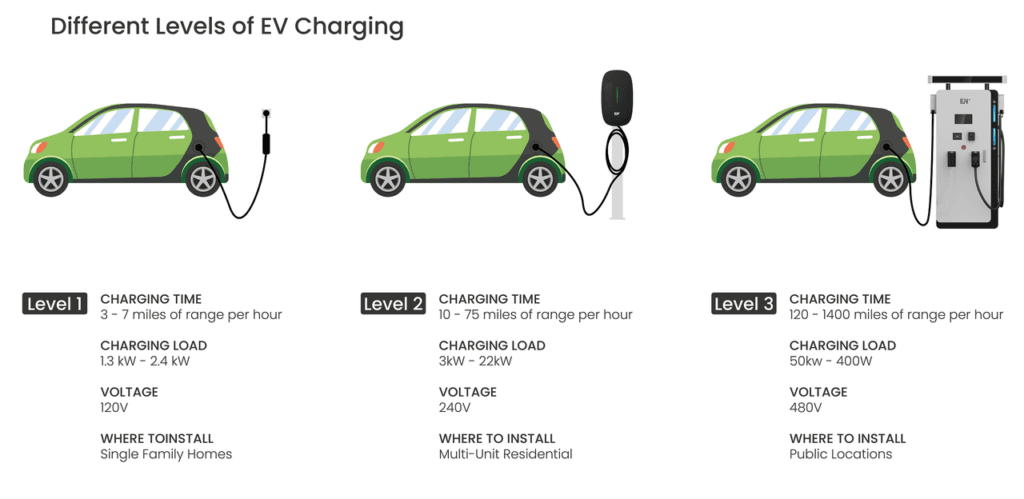
Implement Smart Charging Schedules
Research-Backed Timing: According to the U.S. Electric Vehicle Experience Study 2024, scheduled charging not only saves money but also extends battery life.
Optimal Scheduling Strategy:
- Program charging during off-peak hours (typically 11 PM – 7 AM)
- Use your vehicle’s built-in scheduling system
- Consider time-of-use electricity rates
- Allow for battery thermal management time
- Coordinate charging with home solar production if applicable
Master Temperature Management
Scientific Evidence: Stanford University researchers found that temperature management during charging can increase battery lifespan by up to 50%.
Temperature Control Guidelines:
- Optimal charging temperature range: 20-25°C (68-77°F)
- Avoid charging immediately after fast driving
- Use pre-conditioning in extreme temperatures
- Park in temperature-controlled areas when possible
- Allow battery cooling time after DC fast charging
- Consider installing a climate-controlled garage charging station
Develop a Strategic Fast-Charging Approach
Latest Research: A 2024 study published in the Journal of Power Sources indicates that alternating between fast and slow charging can reduce battery degradation by up to 15% compared to frequent fast charging alone.
Fast-Charging Best Practices:
- Limit DC fast charging to long-distance travel
- Space out fast-charging sessions (minimum 2 hours between sessions)
- Stop charging at 80% during fast charging
- Monitor battery temperature during fast charging
- Plan routes to avoid consecutive fast-charging sessions
Implement Preventive Maintenance
Industry Data: The Electric Vehicle Charging Association reports that proper maintenance can extend charging equipment life by up to 40%.
Maintenance Checklist:
- Monthly inspection of charging ports
- Regular cleaning of charging connections
- Check for software updates
- Monitor charging speeds and patterns
- Document any charging anomalies
- Schedule professional inspections annually
Optimize Home Charging Setup
Market Insights: 64% of Americans now live within 2 miles of a public charging station, but home charging remains the most convenient and battery-friendly option.
Home Charging Optimization:
- Install a dedicated Level 2 charger
- Ensure proper electrical installation
- Consider smart charging features
- Monitor charging efficiency
- Implement surge protection
- Use EN Plus’s residential chargers
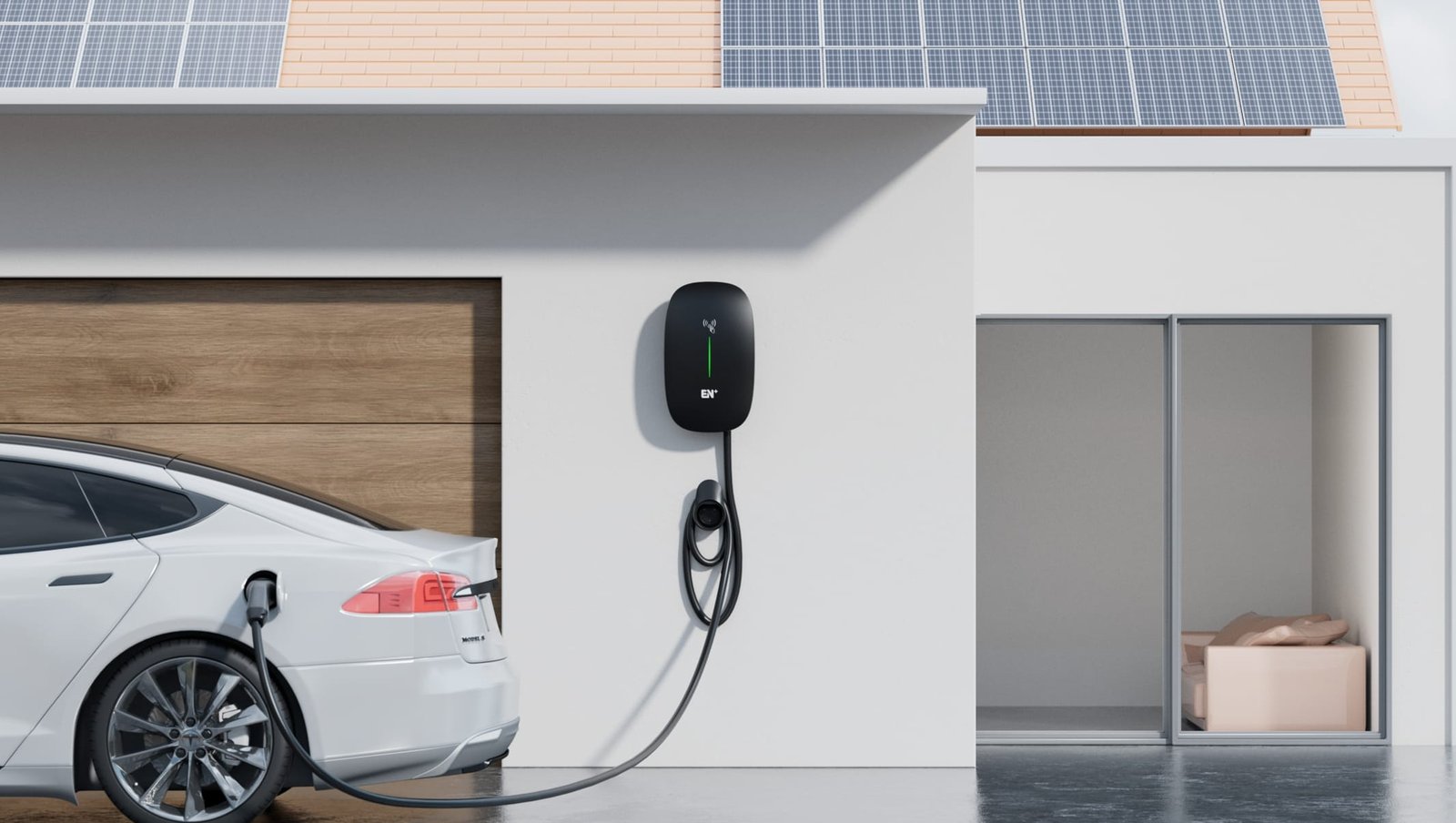
Master Long-Distance Travel Planning
Infrastructure Growth: The global EV charging infrastructure market is projected to reach $125.39 billion by 2030.
Long-Distance Strategy:
- Plan routes using multiple charging networks
- Schedule charging stops every 150-200 miles
- Allow for charging buffer time
- Use multiple charging apps for backup
- Monitor weather conditions
- Verify charger availability in advance
- Use EN Plus’ public charging stations
